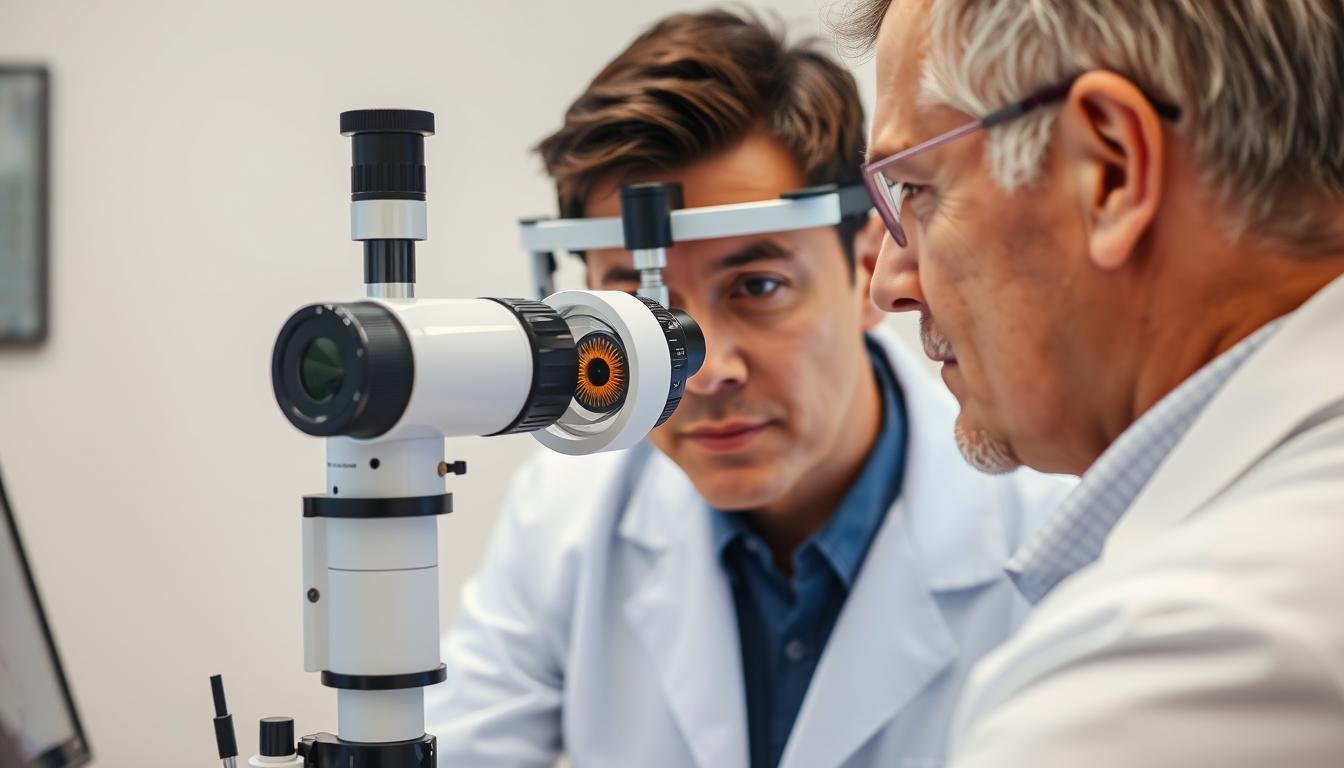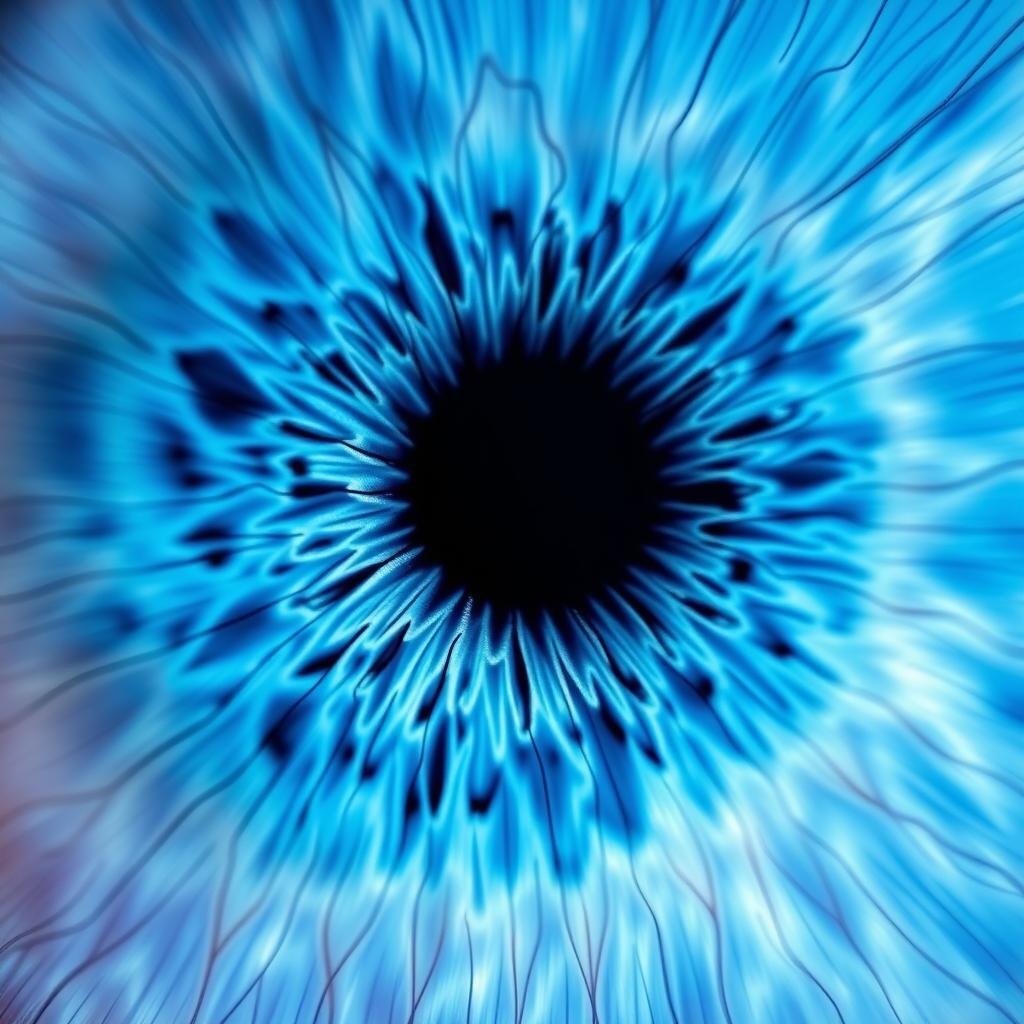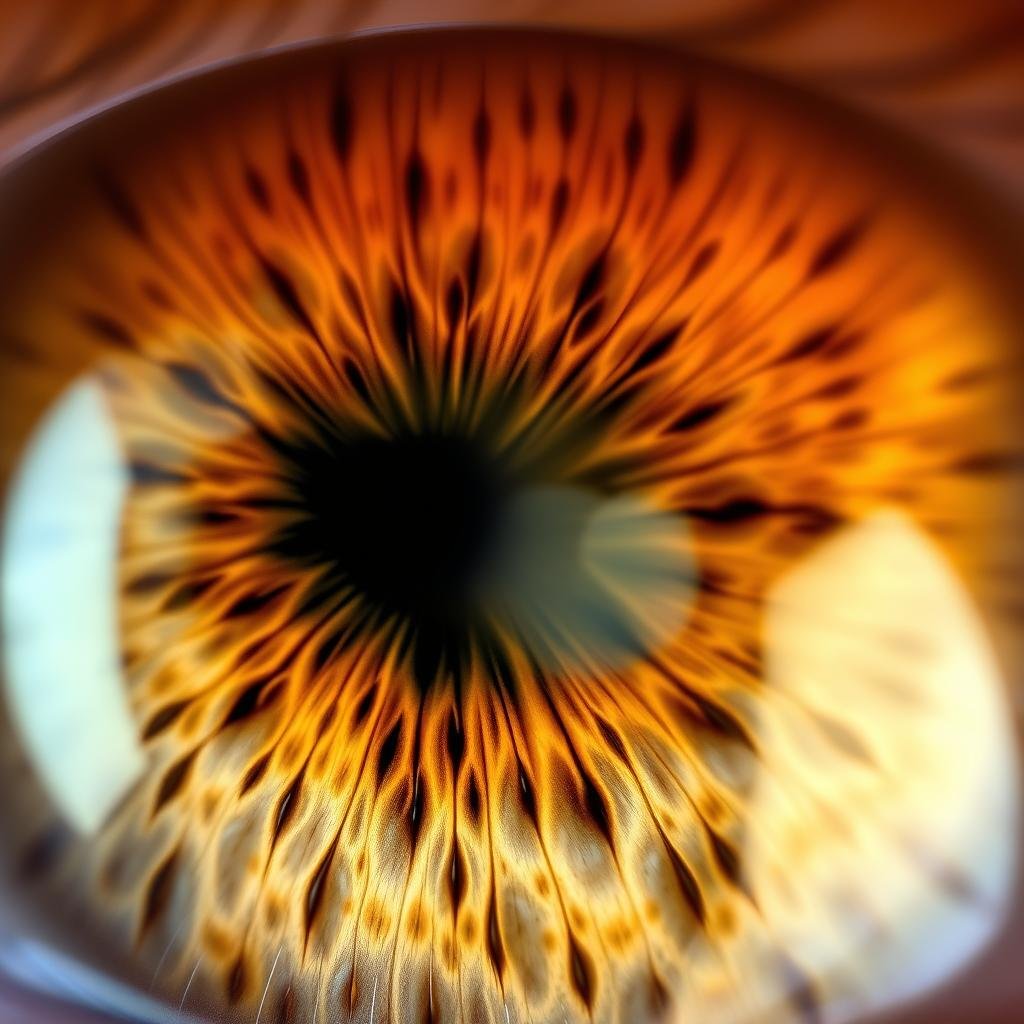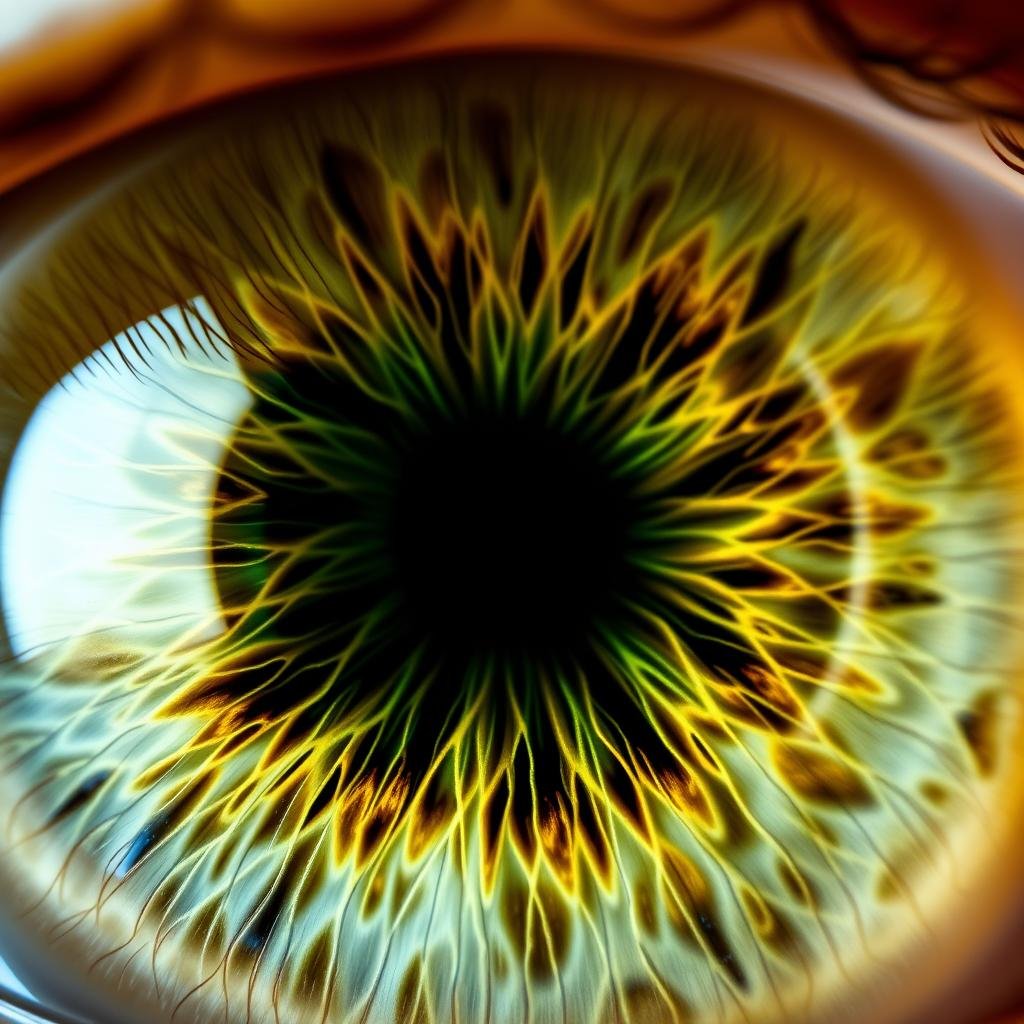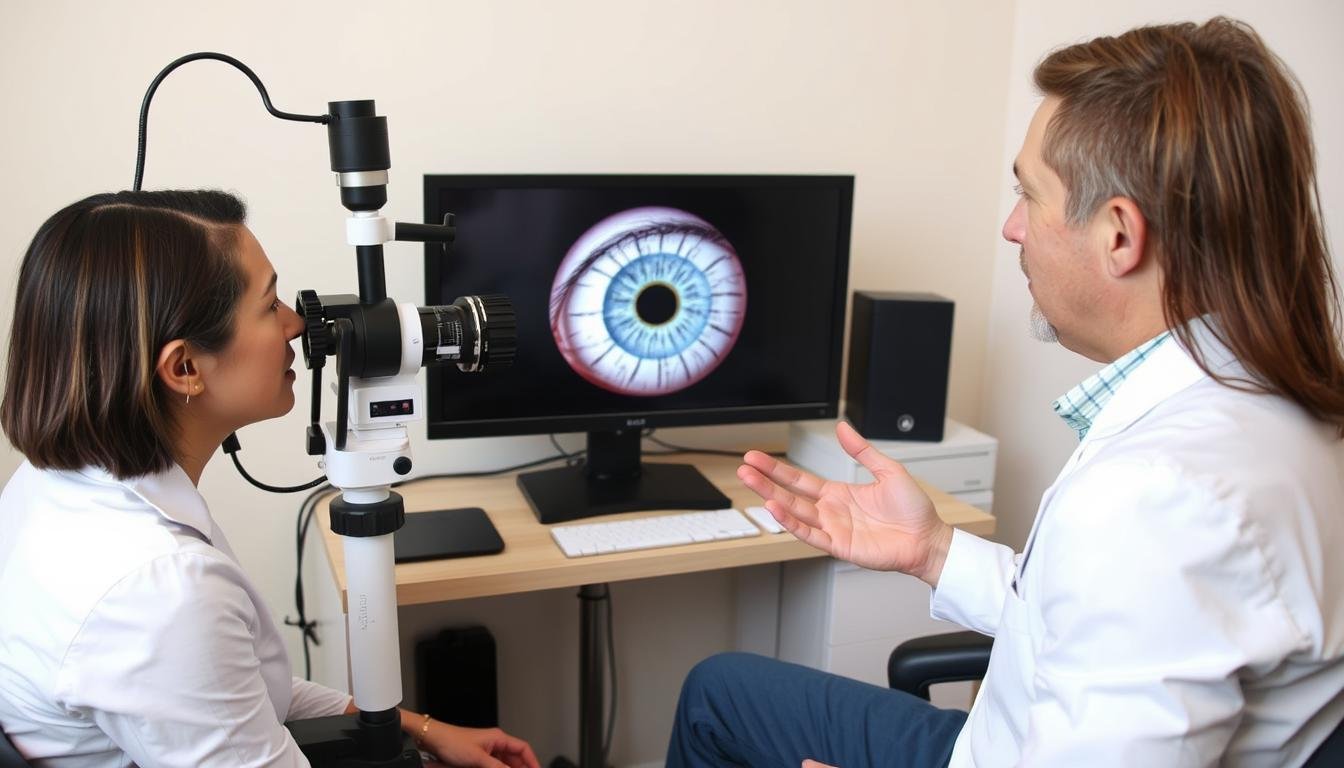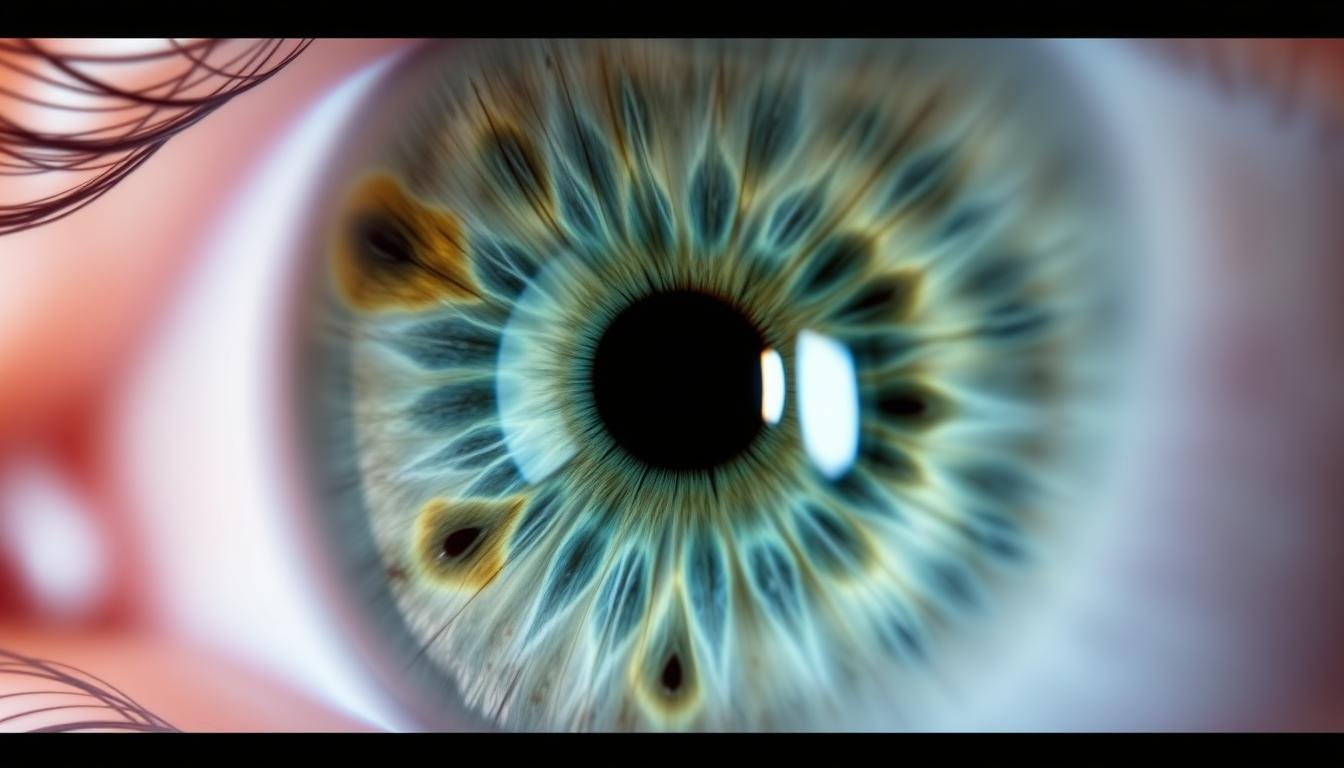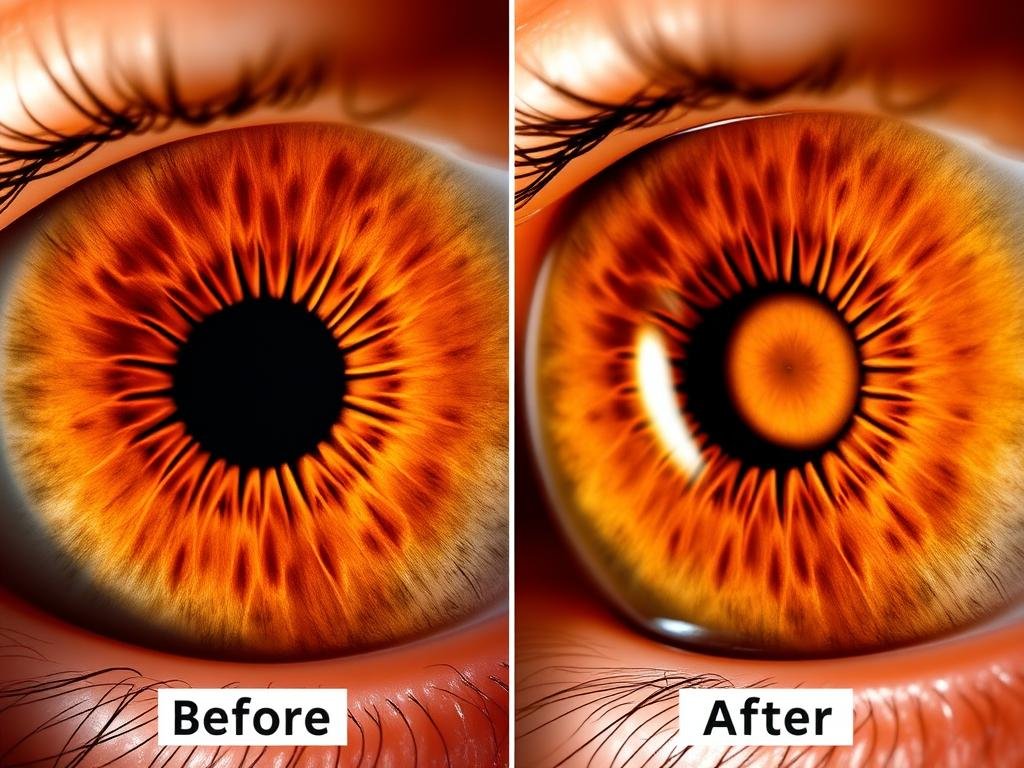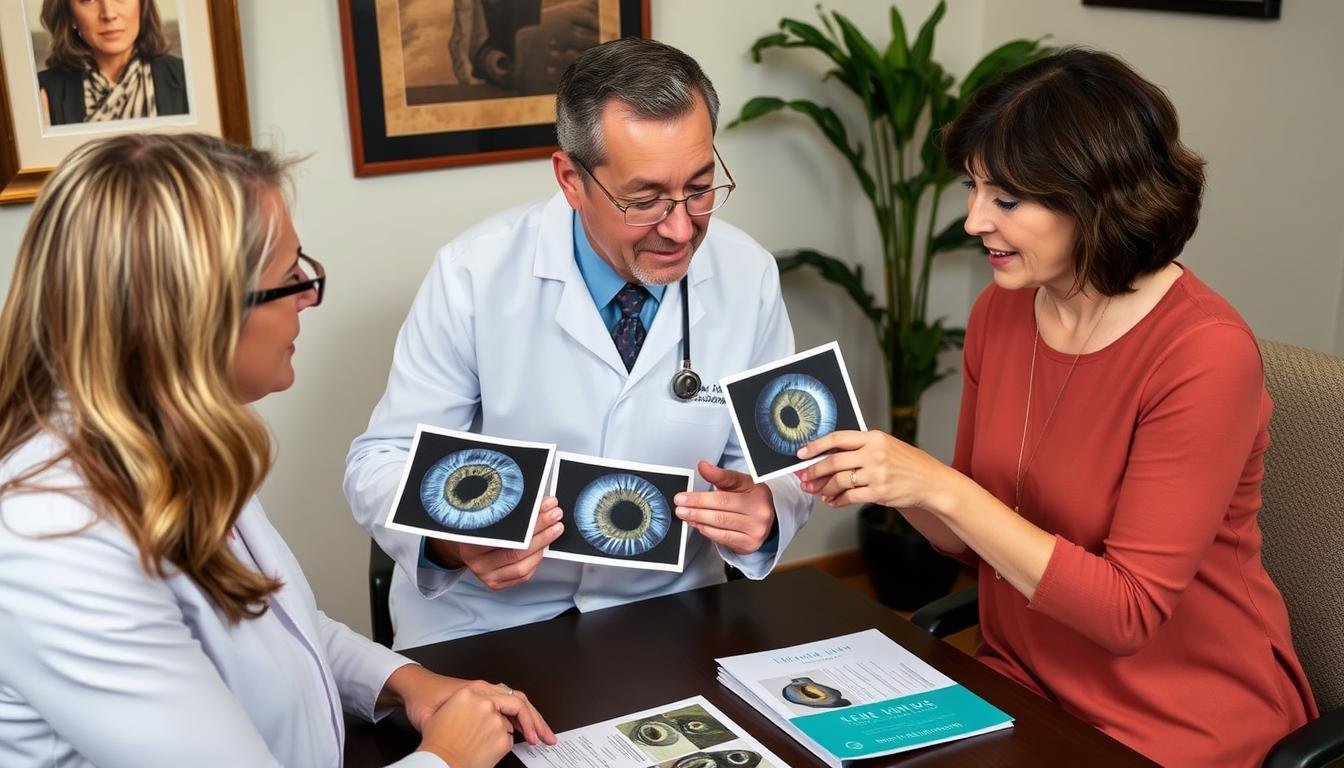The human iris contains over 28,000 nerve fibers connected to every tissue and organ in the body, making it a potential window into our overall health. Iridologi study these intricate patterns to identify signs of imbalance and potential health concerns before they manifest as physical symptoms. This ancient practice, combined with modern technology, offers a unique perspective on preventative wellness that complements traditional medical approaches.In this comprehensive guide, we’ll explore how qualified iridologists analyze the iris, what specific markers they look for, and how this holistic approach fits within a broader health maintenance strategy.
La scienza dietro Iridologo Assessments
The foundation of iridology rests on the neurological connection between the iris and the central nervous system. Each area of the iris corresponds to different body systems according to detailed iris charts developed over centuries of observation.
A certified iridologist examining iris patterns using specialized equipment
When an Iridologo examines your eyes, they’re not looking for eye diseases (that’s an optometrist’s role), but rather studying the iris for indicators of systemic conditions. The practice is based on the theory that the iris displays changes in the body’s tissues, with different zones of the iris corresponding to specific organs and systems.
Key Markers Iridologi Look For
During an examination, trained practitioners analyze several specific features within the iris:
- Iris fiber structure and density patterns
- Variazioni di colore e cambiamenti di pigmentazione
- Lacunae (openings in the iris fibers)
- Radii solaris (spoke-like projections)
- Crypts (darker spots or indentations)
- Psora (small dots indicating toxin accumulation)
- Nerve rings (circular contraction rings)
These markers are evaluated in relation to their position on the iris chart, which maps the iris into approximately 60 zones corresponding to different body systems.

Standard iridology chart mapping iris zones to body systems
The Three Constitutional Eye Types
According to iridology theory, there are three primary constitutional eye types, each associated with different health tendencies:
Lymphatic (Blue Eyes)
Associated with respiratory and lymphatic system sensitivities. People with this constitution may be more prone to allergies, sinus issues, and upper respiratory conditions.
Hematogenic (Brown Eyes)
Connected to blood-related issues and digestive system function. This constitution may indicate tendencies toward liver, blood, and gastrointestinal sensitivities.
Mixed Biliary (Green/Hazel Eyes)
Combines aspects of both lymphatic and hematogenic types. May experience a broader range of sensitivities affecting multiple body systems.
Discover Your Iris Constitution
Understanding your iris constitution can provide insights into your natural health tendencies and potential areas of focus for preventative care.
Get Your Free Iris Assessment Guide
Step-by-Step Process of an Iridologo Examination
An iridology session typically follows a structured approach to ensure comprehensive analysis of the iris patterns. Here’s what to expect during a typical consultation:

A professional iridology examination in progress
- Initial Consultation: The practitioner takes a detailed health history, discussing current concerns and health goals.
- Iris Photography: High-resolution images of both irises are captured using specialized equipment.
- Magnified Examination: IL Iridologo studies the iris structures under magnification, identifying relevant markers.
- Chart Mapping: Findings are mapped to the iridology chart to correlate iris signs with body systems.
- Analisi: The practitioner interprets the patterns, noting areas of strength and potential imbalance.
- Raccomandazioni: Based on the analysis, personalized wellness suggestions are provided.
- Follow-up: Subsequent sessions track changes in the iris as health improvements occur.
Tools of the Trade: Equipment Used by Modern Iridologi
Today’s practitioners utilize sophisticated technology to enhance the accuracy of their assessments:
| Attrezzatura | Scopo | Vantaggi |
| Iriscopio | Specialized camera for capturing high-resolution iris images | Allows for detailed examination and documentation of iris structures |
| Digital Iris Analysis Software | Processes iris images to enhance visibility of markers | Provides objective measurement and comparison capabilities |
| Magnification Lenses | Enables close examination of iris details | Reveals subtle patterns not visible to the naked eye |
| Penlight | Illuminates the iris during examination | Highlights specific features through directed lighting |
| Iris Charts | Maps iris zones to corresponding body systems | Provides standardized reference for interpretation |
| Traditional Methods | Digital Iridologo Methods |
| Esame manuale con lente d'ingrandimento | High-resolution digital imaging |
| Hand-drawn iris mapping | Computerized analysis and mapping |
| Interpretazione soggettiva | Software-assisted pattern recognition |
| Paper record-keeping | Digital storage and comparison over time |
| Limited ability to track changes | Precise tracking of subtle iris changes |
Experience a Professional Iridology Assessment
Discover what your iris reveals about your health with a comprehensive analysis by a certified practitioner.
Prenota una consulenza
Common Imbalances Identified by Iridologi
Through careful examination of iris patterns, trained practitioners can identify potential areas of concern across various body systems. While iridology doesn’t diagnose specific diseases, it can highlight areas of stress or weakness that may benefit from supportive care.

Iris showing various markers that may indicate systemic imbalances
Digestive System Indicators
- Radial furrows in specific iris zones
- Discoloration in intestinal area of iris map
- Lacunae patterns indicating absorption issues
- Nerve rings suggesting tension affecting digestion
Nervous System Markers
- Pronounced nerve rings (stress rings)
- Irregular fiber patterns in brain/nervous system zones
- White fibers indicating heightened sensitivity
- Specific pigmentation in autonomic nervous system regions
Lymphatic System Signs
- Tophi (small white dots) indicating lymphatic congestion
- Cloudy or hazy areas in lymphatic zones
- Specific discoloration patterns in glandular regions
- Structural changes in lymph node-related areas
Circulatory System Indicators
- Vascular markings in heart and circulation zones
- Color variations indicating blood quality concerns
- Specific patterns in arterial and venous-related regions
- Structural integrity of fibers in cardiovascular zones
Case Study: Identifying Digestive Imbalances
“When Sarah came for an iridology assessment, I noticed distinct lacunae patterns in her digestive zone. These openings in the iris fibers suggested potential absorption issues. After implementing dietary changes and digestive support, follow-up iris analysis showed improved fiber integrity in these areas, correlating with her reported symptom relief.”
— Dr. Jennifer Morris, Certified Iridologist

Before and after iris images showing changes following targeted health interventions
Case Study: Stress Patterns and Nervous System Support
“Michael’s iris showed pronounced nerve rings, indicating chronic stress affecting his nervous system. After three months of implementing stress reduction techniques and specific nutritional support, we observed a noticeable reduction in the prominence of these rings, coinciding with his improved sleep quality and energy levels.”
— Elizabeth Chen, Holistic Health Practitioner and Iridologist
Case Study: Identifying Environmental Sensitivities
“During Amelia’s iridology assessment, I identified specific markings in the respiratory and immune system zones of her iris. These patterns often correlate with environmental sensitivities. After implementing an elimination protocol and supporting detoxification pathways, subsequent iris analysis showed improved clarity in these regions, matching her reported reduction in reactivity.”
— Robert Taylor, Advanced Certified Iridologist
Nota importante: Iridology is considered a complementary assessment tool and should not replace conventional medical diagnosis. Always consult with qualified healthcare providers for medical conditions.
Training and Certification for Modern Iridologi
Becoming a qualified iridology practitioner requires dedicated study and practical training. While iridology isn’t regulated in the same way as conventional medical practices, reputable certification programs ensure practitioners have the necessary knowledge and skills.

Professional iridology training session with hands-on practice
Educational Pathways
Those interested in becoming an Iridologo typically pursue one of several educational routes:
Certificate Programs
- Duration: 3-12 months
- Focus on fundamental principles and techniques
- Often available online with practical components
- Suitable for beginners or complementary to existing practice
- Typically includes basic anatomy and physiology
Diploma Programs
- Duration: 1-2 years
- Comprehensive curriculum with advanced techniques
- Includes supervised clinical practice
- Often incorporates complementary modalities
- More extensive anatomy and physiology requirements
Advanced Specialization
- For practitioners with existing certification
- Focus on specific applications or techniques
- Research-oriented approaches
- Integration with other holistic modalities
- Mentorship with experienced practitioners
Core Curriculum Components
Quality iridology training programs typically cover these essential areas:
- History and theoretical foundations of iridology
- Anatomia e fisiologia dell'occhio
- Studio dettagliato della topografia e della mappatura dell'iride
- Constitutional types and their health implications
- Identification and interpretation of iris signs
- Clinical assessment procedures and documentation
- Integration with complementary health approaches
- Professional ethics and practice management
- Case study analysis and practical application
Reputable Certifying Organizations
Several organizations provide recognized certification for iridology practitioners:

Graduation ceremony for newly certified iridology practitioners
Explore Iridology Training Programs
Interested in becoming a certified iridologist? Discover comprehensive training programs that provide the knowledge and skills needed for professional practice.
View Training Options
Debunking Myths About Iridologo Practices
As with many complementary health practices, iridology is surrounded by misconceptions. Understanding what iridology can and cannot do helps set appropriate expectations for this assessment method.

Educational presentation clarifying facts and misconceptions about iridology
Fatti sull'iridologia
- Iridology is an assessment tool, not a diagnostic method for specific diseases
- It can identify constitutional strengths and potential areas of weakness
- Provides insights into how the body responds to stress and environmental factors
- Can be valuable as part of a holistic health assessment
- Has a long history of traditional use in various cultures
- Modern practitioners often integrate it with other health modalities
Idee sbagliate sull'iridologia
- Iridology cannot diagnose specific diseases like cancer or diabetes
- It is not a replacement for conventional medical diagnosis
- The iris does not change dramatically in response to acute conditions
- Not all iris features indicate health problems
- Results should not be used as the sole basis for treatment decisions
- Scientific validation remains limited compared to conventional diagnostics
La prospettiva scientifica
The scientific community has varying views on iridology:
“While conventional medicine has not embraced iridology as a diagnostic tool, some research suggests potential correlations between certain iris features and constitutional tendencies. The field would benefit from more rigorous research methodologies and standardized approaches.”
— Journal of Integrative Health Sciences
Most medical professionals recommend using iridology as a complementary assessment rather than a primary diagnostic method. When integrated with conventional healthcare, it may provide additional perspectives on constitutional tendencies and potential areas for preventative focus.

Collaborative approach integrating iridology with conventional healthcare
Domande frequenti sull'iridologia
Quanto sono accurati Iridologo diagnoses?
Iridologists don’t provide medical diagnoses in the conventional sense. Rather, they identify patterns and markers in the iris that may correlate with constitutional tendencies and potential areas of imbalance. The accuracy varies depending on the practitioner’s training and experience. Iridology is best viewed as one component of a holistic health assessment rather than a definitive diagnostic tool.
Can iridology detect serious medical conditions?
Iridology is not designed to diagnose specific diseases or medical conditions. While certain iris patterns may indicate areas of stress or weakness in corresponding body systems, iridology should never replace appropriate medical testing and diagnosis by qualified healthcare providers. Always consult with a medical doctor for concerning symptoms or health issues.
How often should I have an iridology assessment?
For general wellness monitoring, many practitioners recommend annual assessments. If you’re working on specific health goals or addressing particular imbalances, follow-up sessions might be scheduled every 3-6 months to track changes. Unlike the iris itself, which remains relatively stable, the practitioner will be looking for subtle changes in coloration, clarity, and other features that may reflect improvements in health status.
Is iridology covered by insurance?
In most countries, iridology assessments are not covered by conventional health insurance plans. However, some flexible spending accounts (FSAs) or health savings accounts (HSAs) may allow for reimbursement if the service is provided by a licensed healthcare practitioner as part of a broader treatment plan. Check with your specific insurance provider or benefits administrator for details.
What’s the difference between an iridologist and an optometrist?
Optometrists are licensed healthcare professionals who examine, diagnose, and treat eye conditions and vision problems. They focus specifically on eye health and vision correction. Iridologi, on the other hand, study the iris patterns to assess overall health and constitutional tendencies throughout the body. They don’t diagnose or treat eye conditions, and their practice is considered complementary rather than primary healthcare.
Hai altre domande sull'iridologia?
Our experts are available to answer your specific questions about iridology and how it might benefit your health journey.
Contact Our Specialists
Integrating Iridology Into Your Holistic Health Approach
Iridology offers a unique perspective on health assessment that can complement conventional medical care and other holistic practices. By revealing constitutional tendencies and potential areas of imbalance, iris analysis provides insights that can guide preventative health strategies and support overall wellness.

Collaborative discussion of iridology findings as part of a holistic health plan
When seeking an iridology assessment, look for qualified practitioners with recognized certification and a collaborative approach that respects the role of conventional healthcare. The most effective health strategies often integrate multiple perspectives, with iridology serving as one valuable tool in a comprehensive wellness toolkit.
Whether you’re curious about your constitutional tendencies, seeking to optimize your health, or looking for additional insights into chronic health challenges, iridology may offer a fascinating window into your body’s unique patterns and potential.

